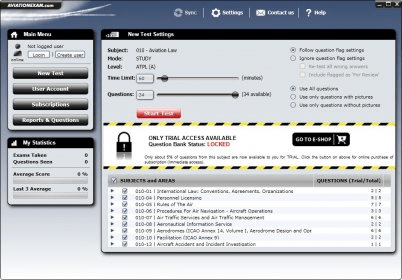

Automation can relieve pilots from repetitive or non-rewarding tasks for which humans are less suited, though it invariably changes the pilots’ active involvement in operating the aircraft into a monitoring role, which humans are particularly poor at doing effectively or for long periods.

However, when faced with a complex failure event, such as the Airbus 380 engine break-up after take off from Singapore (2010), the normally ‘simple to understand’ failure information can swamp the crew and either hinder diagnosis or distract the crew from the principle task of FLY THE AIRCRAFT Systems monitoring displays coupled with diagnostic assistance systems ( Electronic Centralized Aircraft Monitor (ECAM)/ Engine Indicating and Crew Alerting System (EICAS)) support enhanced pilots’ and maintenance staff’s understanding of aircraft system states.Improved flight path control and reduced weather minima.Furthermore, automation may result in an aircraft developing an undesirable state from which it is difficult or impossible to recover using traditional hand flying techniques. However, automation also has the potential to cause significant incidents when misunderstood or mishandled. Modern aircraft are increasingly reliant on automation for safe and efficient operation.


 0 kommentar(er)
0 kommentar(er)
